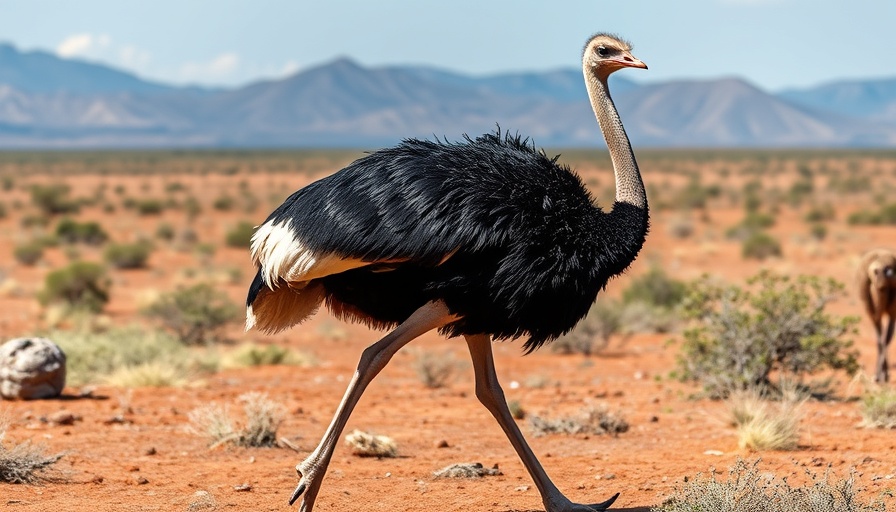
Why Birds Are Attracted to Your Pool
Birds seek out your pool primarily for three reasons: water, food, and shelter. The clear, inviting water of your pool may seem like the perfect bathing spot for them, especially during hot weather. If you live near areas that provide natural foraging opportunities, it makes your pool an attractive location for a refreshing dip and a quick snack. Furthermore, trees and shrubs around the pool can offer necessary shelter, making your backyard an ideal haven for feathered visitors.
Effective Strategies to Deter Birds
Implementing certain strategies can help you reclaim your pool from avian guests. Here are some tested approaches:
- Reflective Objects: Hanging shiny objects such as aluminum foil strips or reflective tape near the pool can deter birds, as they dislike the glare.
- Decoys: Using predator decoys like plastic owls or hawks can create a false sense of danger, prompting birds to find safer environments.
- Netting and Screens: Install physical barriers such as nets or screens that exclude birds while still allowing you and your family to enjoy your pool.
- Sound Deterrents: Devices that emit predator calls or ultrasonic sounds can discourage birds from flocking to your area.
Maintaining Bird-Free Waters
Regular maintenance is key. Ensuring that your pool is not enticing to birds involves removing food sources and maintenance of landscaping. Prune trees and shrubs that might harbor nests and eliminate standing water sources that could draw birds in. These actions help maintain your pool as the pristine retreat you envisioned.
Long-Term Solutions for Pool Peace
For a long-term bird-free zone, consider food availability in the vicinity. If you can manage the bird population around your property by minimizing waste and using bird feeders strategically, you might find fewer birds feel the need to bathe in your pool. Balance is essential; while you may want to enjoy nature, ensuring your pool remains clean and pristine is a priority.
 Add Row
Add Row  Add
Add 




Write A Comment